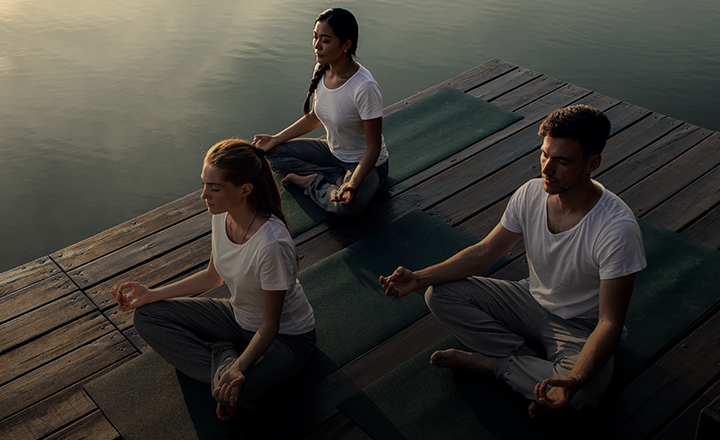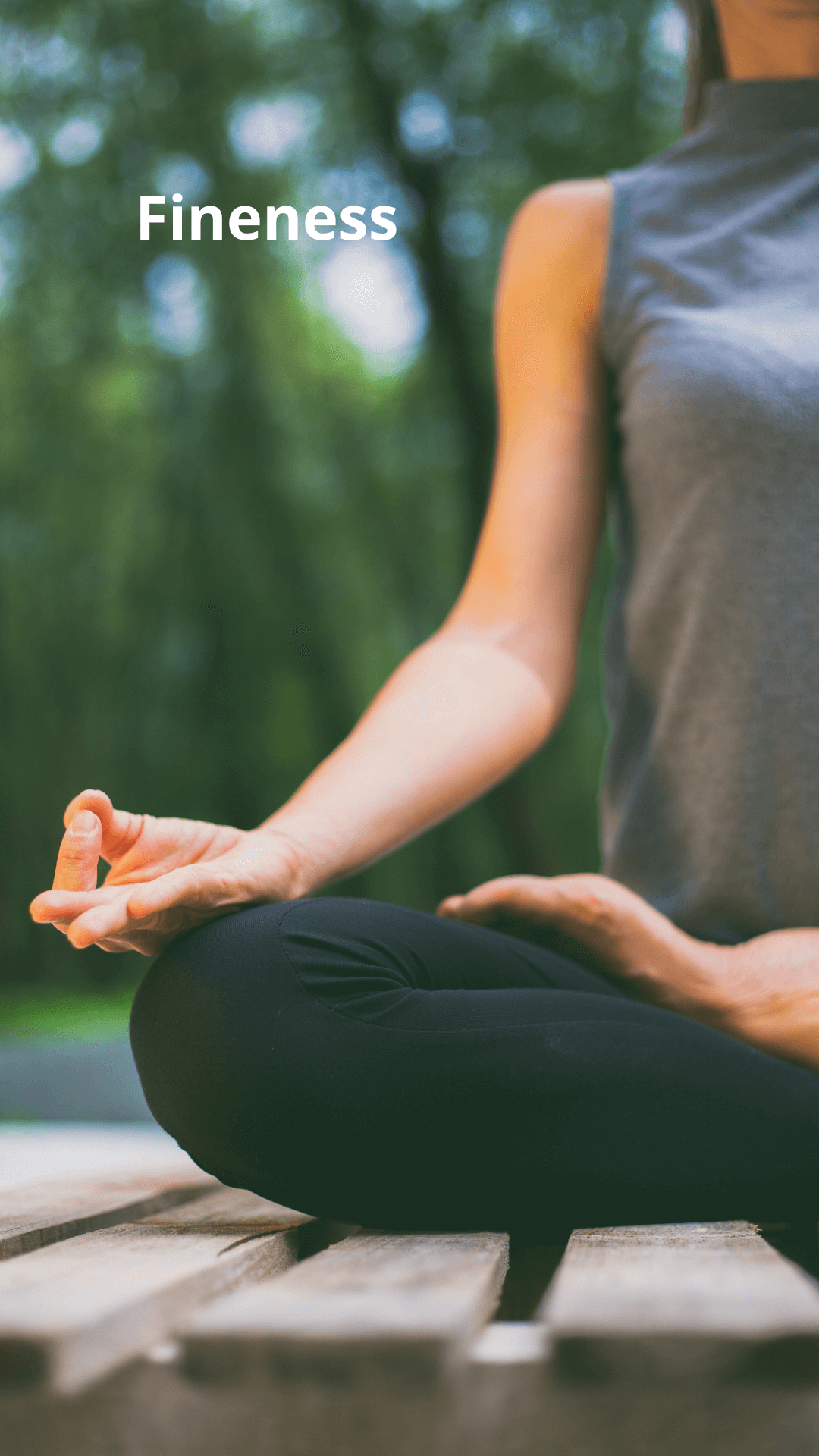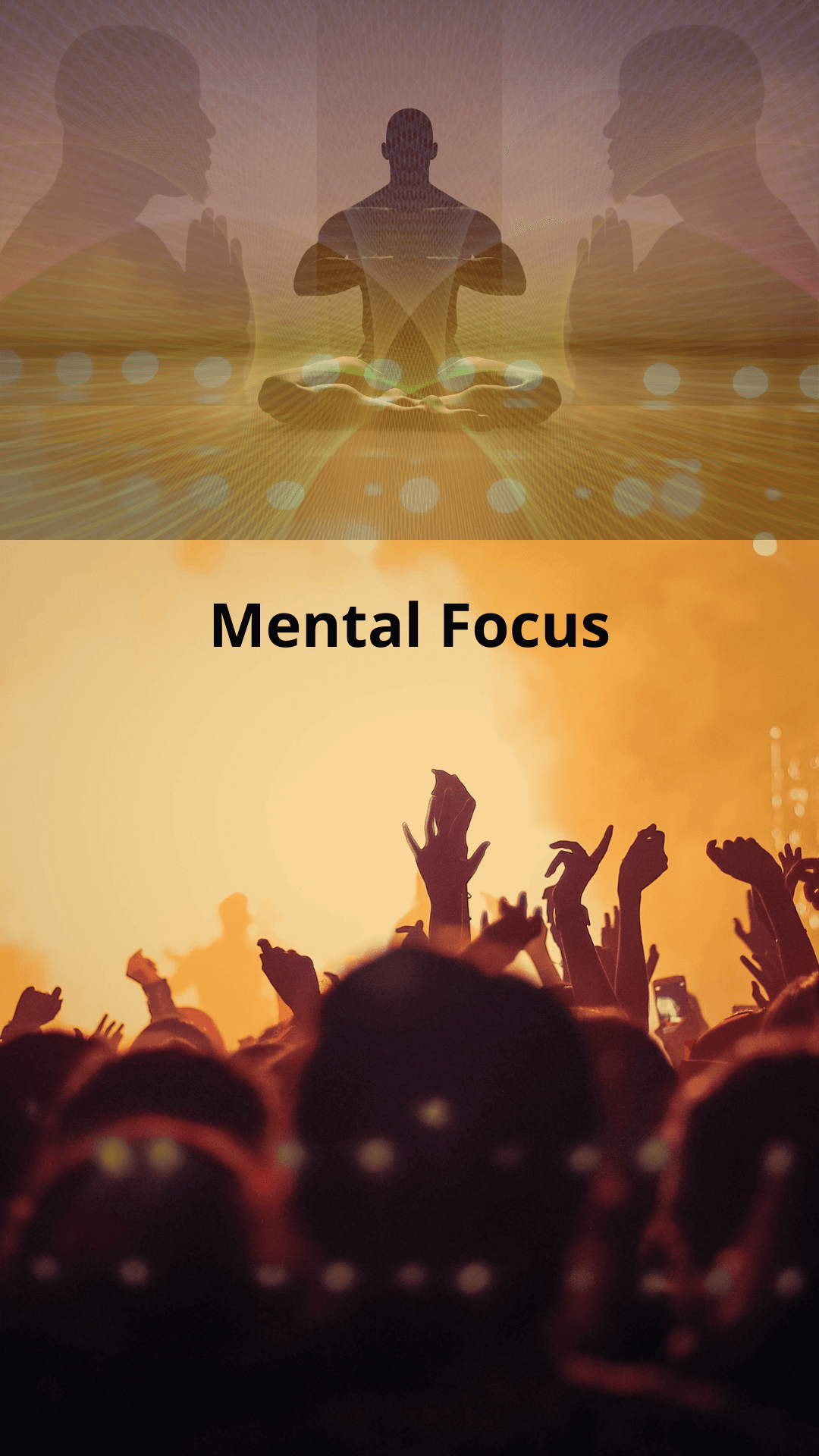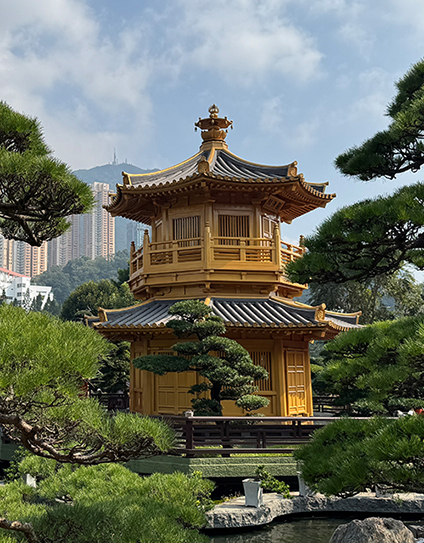
Why Pure Meditation Is Much More Than Relaxation?
Why Pure Meditation Is Much More Than Relaxation: A Deeper Dimension of Practice
Meditation is often associated with relaxation – a momentary reprieve from the chaos of daily life. However, true meditation, especially pure meditation rooted in the classical philosophy of yoga, delves far deeper. It is a practice that not only calms the mind but leads to profound inner transformation, enabling you to discover the true nature of yourself and the world around you.
Meditation as a Bridge to Consciousness
Relaxation provides relief, but pure meditation opens the doors to consciousness. In the philosophy of yoga, meditation is defined as dhyana – a state where the mind becomes still and entirely silent, free from any disturbances (chitta vrittis). This is not simply a halting of thoughts; it is a conscious and almost complete disengagement of the mind. Pure meditation embodies the most beautiful state of awareness – free from thoughts, emotions, or images.
From Chaotic Thoughts to Full Control
Meditation is not merely about quieting the mind momentarily. It’s about mastering the previously mentioned chitta vrittis – the unwanted thoughts and emotions that constantly disrupt your peace. Once you learn to fully control your mind, you will no longer be enslaved by it. Your mind will become a tool rather than an obstacle. This is the crucial step to becoming the conscious creator of your life.
Athletes often say that mastering the mind allows them to achieve peak performance under pressure. Artists claim that meditation unlocks new inspirations. You too can harness this power to bring harmony into your life.
Why Pure Meditation Is Different from Relaxation
Relaxation is surface-level – it helps your body rest but doesn’t alter the structure of your mind. Guided meditation can be an excellent form of relaxation. By focusing on listening, you limit the mind’s capacity to wander, which fosters a sense of calm. However, a similar state can be achieved through reading a book or listening to soothing music. In classical yoga, all these activities fall under the category of dharana (concentration). Meditation, however, goes deeper. In pure meditation, you don’t need to focus on anything, yet your mind remains still. It creates nothing. It is smooth, like the surface of calm water. During meditation, your mind finds rest far more effectively than in last night’s sleep. Meditation is not just a remedy for stress but a way to understand yourself and build inner strength.
Imagine an artist grappling with the pressure before a performance. A few minutes of mindful breathing and meditation can transform fear into the energy that propels them on stage. For an athlete, meditation before a competition silences negative emotions (fear, anxiety, self-doubt, pressure) and creates an opportunity for complete focus, enabling them to perform at their full potential.
Conclusion
Pure meditation is not merely a relaxation technique – it is a transformative tool for navigating life’s myriad situations with clarity and purpose. It teaches you how to live consciously and take control of your mind. In the next stage, once your mind obeys you, you can create any thought or emotion at will, shaping your life and embracing full responsibility for it.
Introduce meditation and the philosophy of yoga into your life, and you will discover that every moment, even the challenging ones, can become a step toward greater harmony and an unimaginably beautiful and joyful existence.














